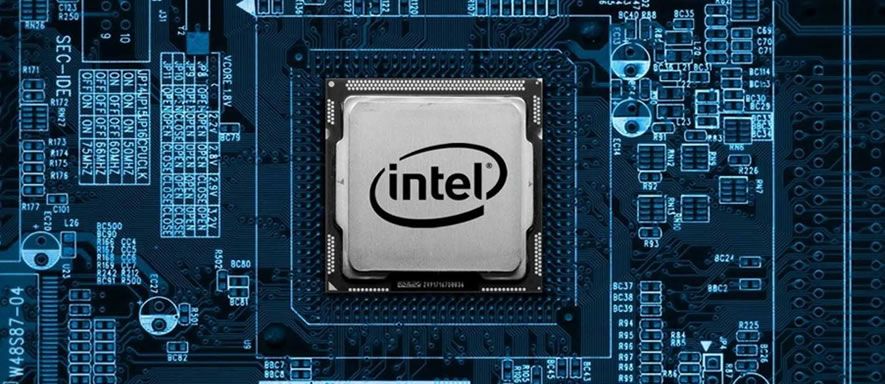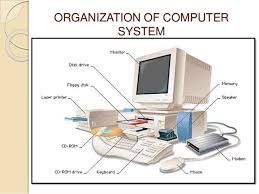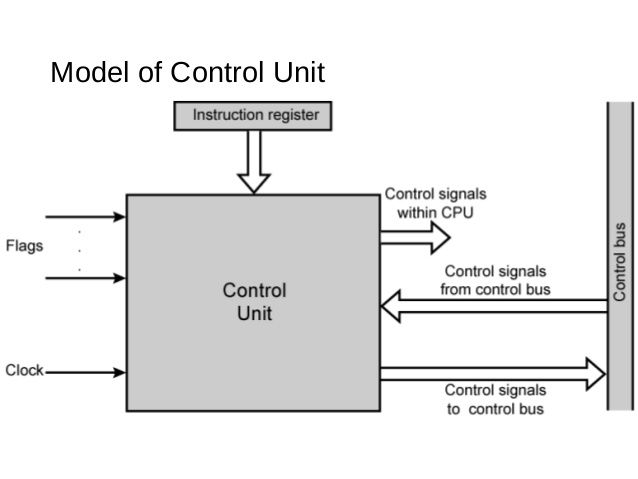Computer Architecture
Mar 22, 2019 • 63 views
Do you know how the computer is designed with hardware and the integrated circuit?
Computer architecture is simply the hardware structure of the computer. It briefly explains about the internal linking’s of the hardware and different circuit present in it. It contains following type of main component.
1. Computer System:-
2. Central processing unit and its components:-
3. Control unit:-
4. Parallel Organization:-

1. Computer System:-
Computer system is a complete structure of the internal and external components of the machine. They communicate with each other and completes the process of computing.
Computers are evolved since half decade and still evolving with tremendous speed. Nowadays super computers are able to perform different task within the 1/10 part of second.This will increase the performance factor. However, the true gains in speed in recent years have come from the organization of the processor.

2. Central processing unit and its components:-
CPU is the main part of computer it co-ordinates different part of the system and able to manage and Controls the operation of the CPU. It performs the computer’s data processing functions. The evolution of computers has been characterized by increasing processor speed, decreasing component size, increasing memory size, and increasing I/O capacity and speed.it has following main parts.
1. Arithmetic and Logic Unit:-
ALU unit computes the binary operation and is able to implement binary operation and does the Boolean operations.
2. Status Flags:-
Status Flags are used to show the current state of the system. There are following types of the flags.
a. Sign:-
Contains the sign bit of the result of the last arithmetic operation.
b. Zero:-
Set when the result is 0.
c. Carry:-
Set if an operation resulted in a carry (addition) into or borrow (subtraction) out of a high-order bitUsed for multiword arithmetic operations.
d. Equal:-
Set if a logical compare result is equality.
e. Overflow:-
Used to indicate arithmetic overflow.
f. Interrupt Enable/Disable:-
Used to enable or disable interrupts.
g. Supervisor:-
Indicates whether the processor is executing in supervisor or user mode. Certain privilegedinstructions can be executed only in supervisor mode, and certain areas of memory can be accessed only in supervisor mode.
h. Registers:-
Registers are the components which contains the memory locations which are used to store and manage the registry information.
3. Control unit:-
It is a separate from the control unit and does the functioning of control & co-ordination among the. It another administrating component of the computer system.

4. Parallel Organization:-
Parallel organization is a traditional way to increase system performance to the multiple processors that can execute in parallel to support a given workload. A special-purpose type of parallel organization is the vector facility, which is tailored to the processing of vectors or arrays of data.
